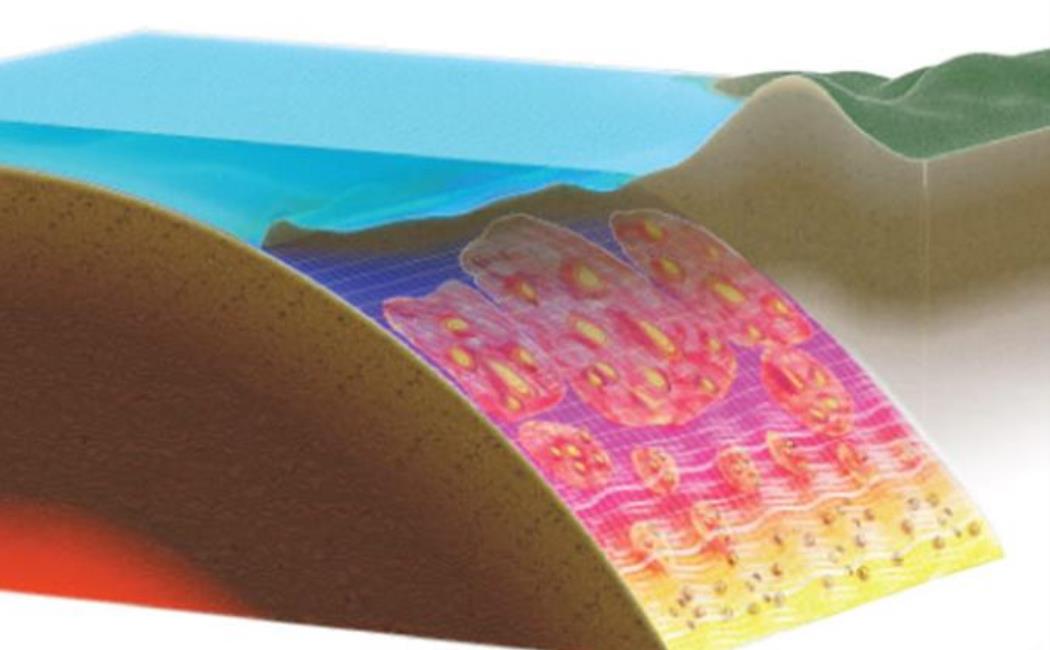
05 August, 2021
Significant earthquakes, from gentle shaking to devastating tremors, are hazards caused by a sudden release of stress that has built up in geological faults. More subtle events called slow slips are attracting increasing attention as nonshaky versions of the dramatic seismic fractures of the largest earthquakes.
A database of information on previous slow slips to develop a model of the mechanisms of these geological events has now been compiled by KAUST and University of Geneva researchers, in collaboration with colleagues at ETH Zürich in Switzerland, GFZ in Germany and the University of Bologna in Italy.
Slow slips, also known as silent earthquakes, are fractures of the Earth's crust that propagate very slowly without producing seismic waves. They typically proceed over a few weeks or months, and their duration can range from less than a day to more than a year.
"Slow slips alone pose no threat since they don't generate shaking and therefore cause no damage or disruption to properties, but they cause disturbances that can trigger regular earthquakes nearby," says Luigi Passarelli, formerly of KAUST and now in ETH Zürich.
The potential of triggering regular earthquakes is one reason why researchers are keen to learn more about slow slip events. Another reason is that they come with smaller tremors or sometimes a flurry of small earthquakes, a so-called seismic swarm, in a process not yet fully understood.
Slow slip events occur in many regions where tectonic plates collide and slide but especially in subduction zones around Japan, New Zealand and North and Central America. They also occur near volcanoes such as Mt. Etna in Italy and Kilauea in Hawaii.
"We have compiled the first systematic catalogue of the aseismic and seismic characteristics of slow slip events to better understand the physical mechanisms that generate both," says Passarelli. He adds that this was a big challenge as the data are not all consistently archived or readily available.
The results have allowed the team to assess the correlation between the characteristics of each slow event and the triggered tremor activity, as size and duration, and the likely immediate and possible long-term consequences. This information can now be used to improve a model to predict the changes and hazards associated with specific types of event.
"We have made a step toward an improved understanding of the processes that control slow slips and seismic tremors, although there is more to investigate," says Passarelli. The researchers hope that their database and modeling can be developed further to build a better understanding of those complex processes.